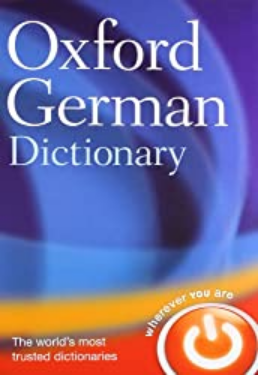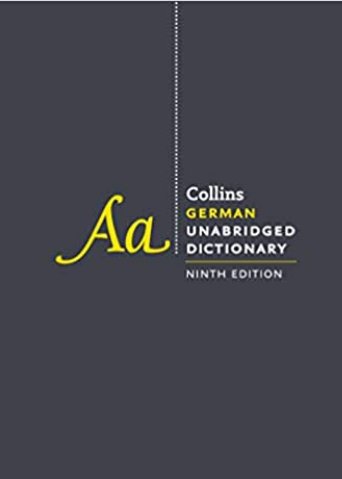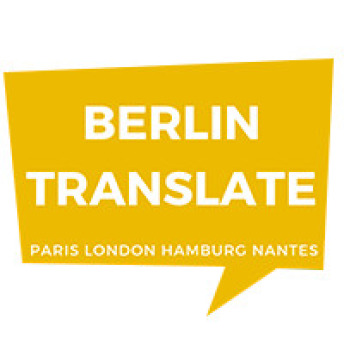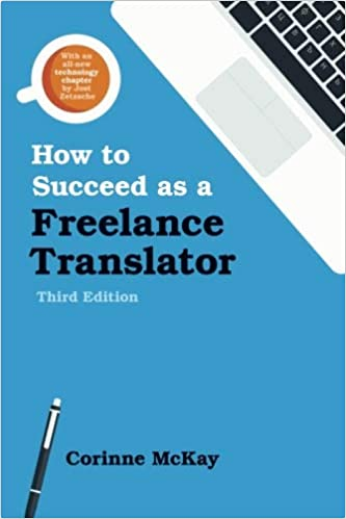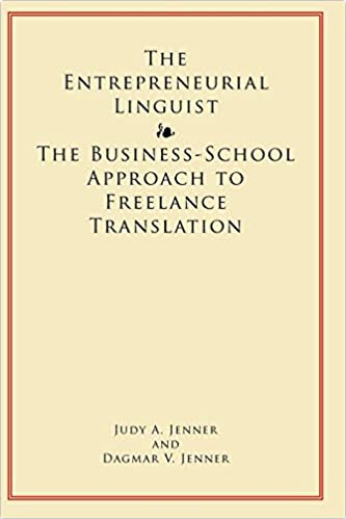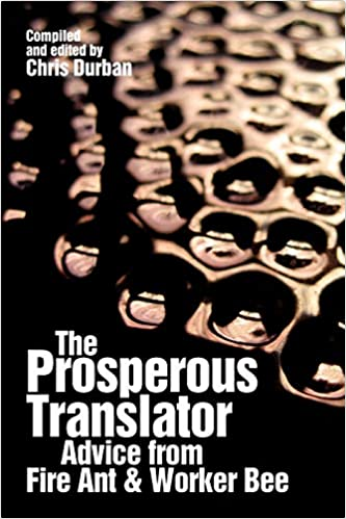- Home
- Translation Challenges
- German Currency
German Currency
Dealing with German currency in your German translations
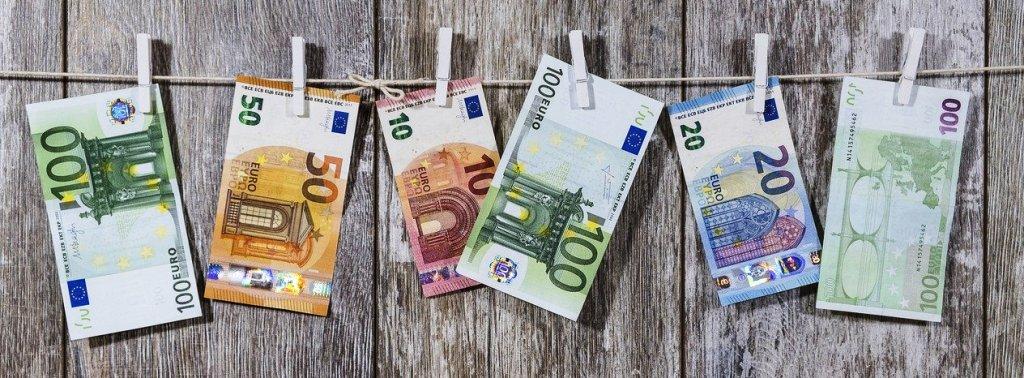
This article covers:
The euro
The currency used in most German-speaking countries is the euro.

Germany, Austria and Luxembourg are the German-speaking countries in the European Union with who are also members of the Eurozone.
They are among the 11 EU countries who adopted the euro as their official currency on 1 January 1999.
The Eurozone has now grown to 19 members who are: Austria, Belgium, Cyprus, Estonia, Finland, France, Germany, Greece, Ireland, Italy, Latvia, Lithuania, Luxembourg, Malta, the Netherlands, Portugal, Slovakia, Slovenia, and Spain.
Germany, Austria & Luxembourg were amongst the first EU countries to abandon their traditional currencies – the Deutschmark, the Schilling and the franc respectively - to sign up to the euro.
When they joined the Eurozone, their official set exchange rates were as follows:
| Germany: | € 1 (euro) = 1.95583 Deutsche Marks (DM) |
| Austria: | € 1 (euro) = 13.7603 Austrian Schillings (ATS) |
| Luxembourg: | € 1 (euro) = 40.3399 Luxembourgian francs (LUF) |

Switzerland, another European country with German as one of its official languages, is neither a member of the European Union, nor the Eurozone.
Its currency is the Swiss franc (CHF).
1 Swiss franc is 100 centimes. Currently, € 1 (euro) = around CHF 1.08.
Historical German currency
Your German translation may reference an earlier period in German history. Changes in currency often reflect political and social upheavals, and German currency exemplifies this more than most countries.
The use of the term "Mark" in Germany has a much
longer history, going back to the 11th century when it referred to a
unit of weight for gold and silver, and later a small-value coin.
Here's an overview of changes in German currency over the past century:
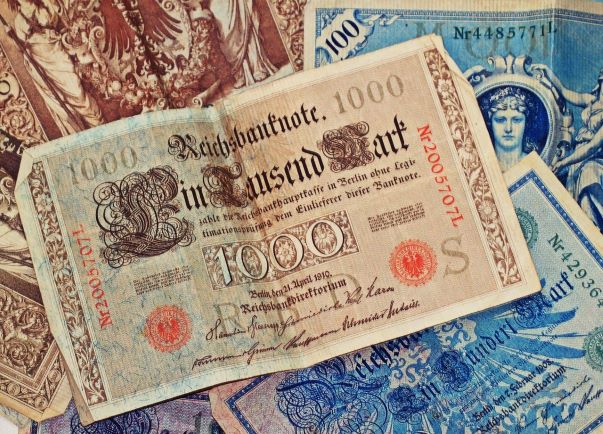 One thousand Reichsmarks, 1910
One thousand Reichsmarks, 1910- 1873 - 1914: Goldmark, the gold standard-based German currency is introduced, replacing the taler and guilder. 1 Mark is made up of 100 Pfennig.
- 1914 - 1923: Papiermark ("paper mark"): the link between the Goldmark and gold was abandonned following the outbreak of World War I, and ushered in a period of hyperinflation. The term comes from the paper notes with incredible face values of trillions of Marks.
- 1924 - 1928: The Rentenmark was introduced in response to hyperinflation following World War I as a means of stabilising the economy after the Papiermark had effectively become worthless. It was divided into 100 Rentenpfennig.
- 1928 – 1948: The Reichsmark was the German currency from 1924 until 1948. It was divided into 100 Reichspfennig.
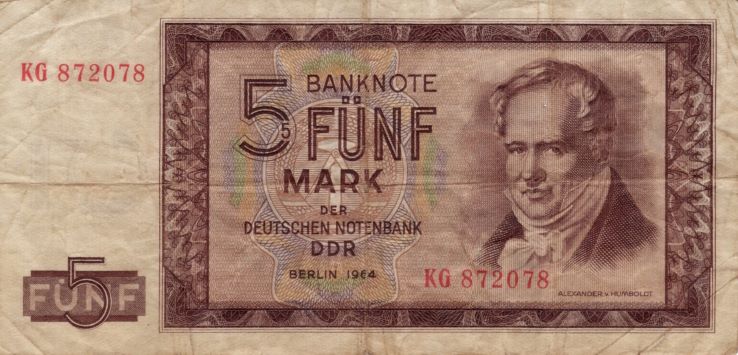 5 DDR Marks, 1964
5 DDR Marks, 1964- 1948: The Deutsche Mark (DM) is issued under Allied occupation to replace the Reichsmark in West Germany.
- 1948: The East German Mark (Mark) replaces the Reichsmark in East Germany.
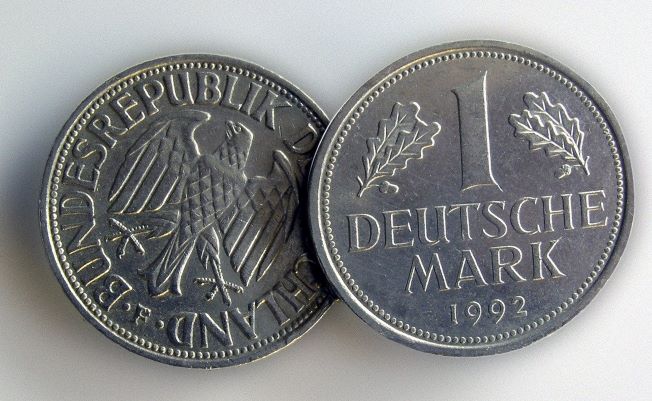 1 Deutsche Mark coins, 1992
1 Deutsche Mark coins, 1992- 1990: The Deutsche Mark is adopted as the legal currency in East Germany after Unification, and remains legal tender until 2002 when the .
- 1999: The Deutsche Mark is replaced by the euro.
Translating German currency terms
There's one key thing you just have to remember....
German uses COMMAS (,) where English uses DECIMAL POINTS (.)
For example:
German
- € 1.000.000,00 or EUR 1,0 Mill (eine Million Euro)
- € 1.000,00 or TEUR 1,0 (ein Tausend Euro)
- € 100,00 or EUR 100 (ein Hundert Euro)
- € 1,00 or € 1,-- (ein Euro)
English
- € 1,000,000.00 or EUR 1.0 million (one million euros)
- € 1,000.00 or € 1,000 (one thousand euros)
- € 100.00 (one hundred euros)
- € 1.00 (one euro)
The billion problem
This is more a UK English/American English difference, but the German translation is absolute:
German:
- Eine Million = 6 zeros (Mill, mio) = 1.000.000
- Eine Milliarde = 9 zeros (Md, Mrd, Mia) = 1.000.000.000
- Eine Billion = 12 zeros (Bn) = 1.000.000.000.000
UK English (traditional):
- One million = 6 zeros (mill) = 1,000,000
- One thousand million = 9 zeros =1,000,000,000
- One billion = 12 zeros (bn) = 1,000,000,000,000
American English:
- One million = 6 zeros (mill) = 1,000,000
- One billion = 9 zeros (bn) = 1,000,000,000
- One trillion = 12 zeros (tn) = 1,000,000,000,000
Over the last two centuries there was a difference between American and UK understanding of the term “billion”:
- In the UK : the “long scale” numerical system defined one billion as 1,000,000 x 1,000,000 = 1,000,000,000,000 (a million million - 12 zeros, or 10¹²).
- In the US: the “short scale” was used, with one billion representing 1,000 x 1,000,000 = 1,000,000,000 (a thousand million - 9 zeros, or 10⁹).
In 1974 the UK government officially adopted the “short scale” numerical system to avoid any misunderstandings with “one thousand million” becoming a “billion”.
Adoption is almost complete although some residual uncertainty still remains in the UK (my Oxford Duden German dictionary still implies that the choice is optional).
TIP! If there's any chance that your translation may be misunderstood then spell it out. E.g., if your German translation includes an important, officially authorized figure, such as GDP, then you can happily say “35 thousand million euros” or “thirty-five thousand million euros” and avoid any potential confusion.
Happy translating!
Joanna
German Translation Tips & Resources
- Home
- Translation Challenges
- German Currency
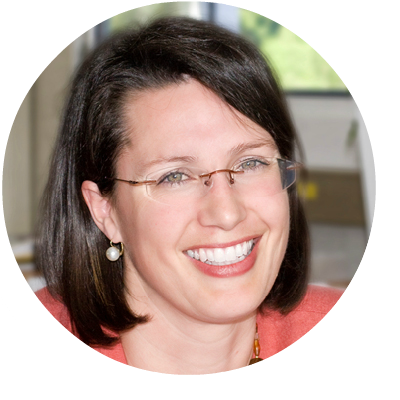
Joanna Scudamore-Trezek
I'm a German to English translator living and working in Vienna, Austria. I turn German texts into clear and accessible English, allowing clients to present their stories, ideas and information to a completely new audience. My business and marketing clients rely on me to get their message across clearly and effectively. How can I help you today?







